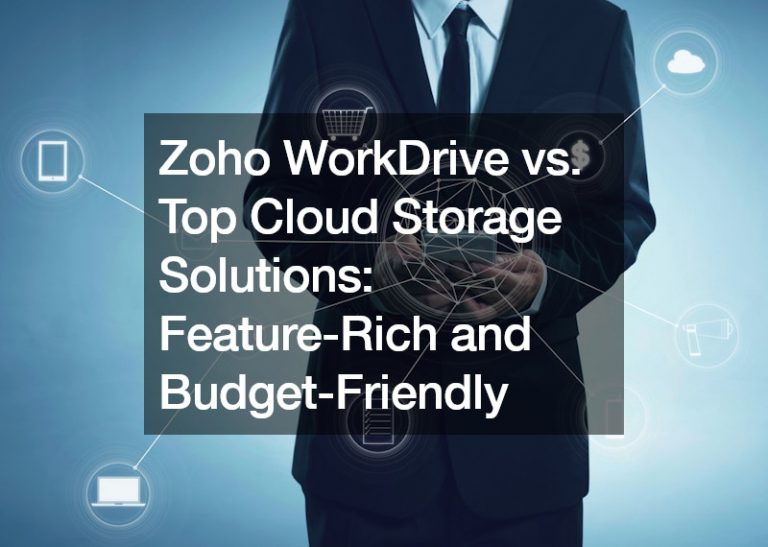- Disability is a growing global issue affecting 15% of the population, with an economic cost of up to 7% of GDP in some countries.
- Businesses must take actions to support disabled individuals in terms of access to education, employment, healthcare, and social services.
- Technology such as assistive devices, accessibility software, and AI-enabled robots can help people with disabilities gain independence.
- Understanding the ethical cost of disability will foster respect and solidarity for people with disabilities.
- Companies should embrace diversity and accessibility to tap into a vast creativity pool that enhances innovation and sustainability.
Disability is a term that has been used in different ways throughout history, but it has always been associated with limitation, restriction, or impairment. Today, disability is recognized as a part of diversity and a source of rich experience, talent, and innovation. About 15% of the world’s population is disabled. However, the total cost of disability is still unknown to many business owners and entrepreneurs. Here’s what you need to know about it and how technology can improve it.
1. The Economic Cost of Disability
Disability is not just a medical or social issue but also an economic one. According to the World Health Organization (WHO), disability is estimated to cost up to 7% of gross domestic product (GDP) in some countries. This cost includes healthcare expenses, lost productivity, reduced employment, and lower income for people with disabilities.
Businesses are missing out on a large talent pool and the consumer market by not considering accessibility and diversity in their practices. Additionally, businesses can use interpreters to communicate with their deaf customers. A reliable video remote interpreting service can do this for businesses. The service can bridge language and cultural barriers, allowing deaf customers to communicate more effectively with businesses.

2. The Social Cost
Disability is not only a personal struggle but also a social challenge. People with disabilities face multiple barriers to accessing education, employment, healthcare, and social services. This leads to social exclusion, poverty, and discrimination. The social cost of disability is not only borne by people with disabilities but also by their families, communities, and societies. This means businesses need to take a broader view of their social responsibility and contribute to the inclusion and empowerment of people with disabilities.
3. The Ethical Cost
Disability is not just an economic or social issue but also an ethical one. Disability challenges our assumptions about normality, equality, and human dignity. People with disabilities often face stigma, pity, or objectification, undermining their autonomy and self-worth. The ethical cost of disability is not just a matter of fairness or justice but also a matter of humanity. This means businesses need to adopt a values-driven approach that respects the dignity and worth of all human beings, regardless of their abilities or disabilities.
4. The Strategic Cost
Disability is not just a problem; it is also an opportunity. People with disabilities bring unique perspectives, skills, and insights that can enrich any organization. By embracing diversity and accessibility in their practices, businesses can tap into a vast talent and creativity pool, enhance innovation and competitiveness, and build a more sustainable and inclusive world.
The strategic cost of disability is not just a matter of business sense but also of vision and leadership. This means businesses need to think beyond the short-term profits and invest in their long-term sustainability and impact.
5. The Personal Cost
Disability is not just a statistic or a concept but also a personal experience. People with disabilities face daily challenges and triumphs, joys and sorrows, dreams and fears, just like everyone else. Disability is not a label or a category; it is a part of the human condition.
The personal cost of disability is not just a matter of empathy or compassion but solidarity and respect. For businesses, this means that they need to listen to the voices and stories of people with disabilities, involve them in their decision-making, and create a culture of diversity and inclusion that values the contributions of every individual.
Technologies Making a Difference For Disability
Technologies can make a huge difference for disabled people. Here are three technologies helping disabled individuals today:

Assistive Technologies
Assistive technologies are devices that can help people with disabilities to complete tasks and increase their independence. These include tools like wheelchairs, hearing aids, prosthetic limbs, and voice-recognition software.
Accessibility Software
Accessibility software makes websites and applications more accessible for people with disabilities or impairments. These include tools like screen readers, text-to-speech software, and speech recognition.
Smart Assistive Robots
Smart assistive robots are artificial intelligence (AI)-enabled robots that can help people with disabilities to complete tasks, interact with the environment, and increase their independence. These include devices like robotic prosthetics and exoskeletons.
Disability is not just a medical or social issue but also an economic and personal one. Businesses must embrace diversity and accessibility in their practices to build a more sustainable and inclusive world. Technological advancements have enabled disabled individuals to access opportunities, engage with the world around them, and achieve greater independence.



